Oursj-p - Sans Titre
More Posts from Oursj-p and Others

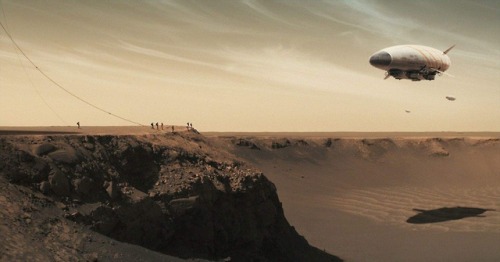
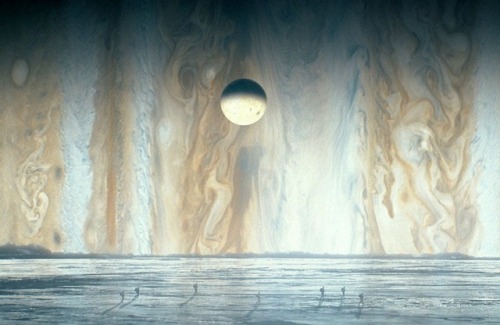

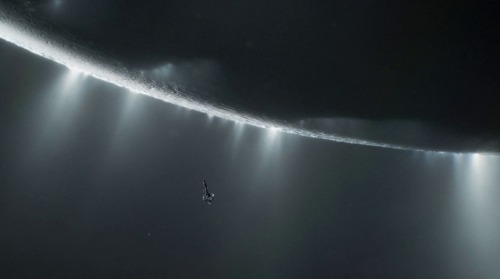
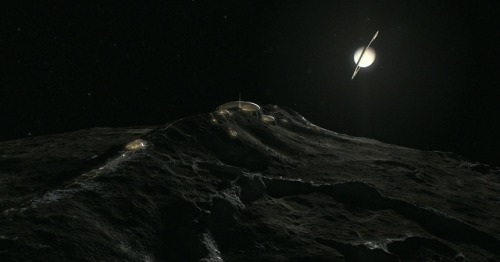
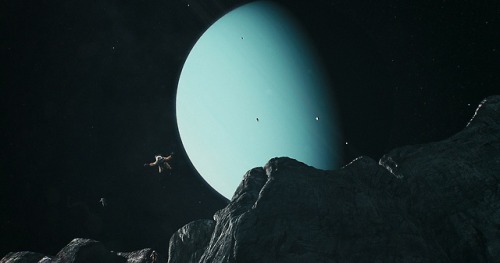
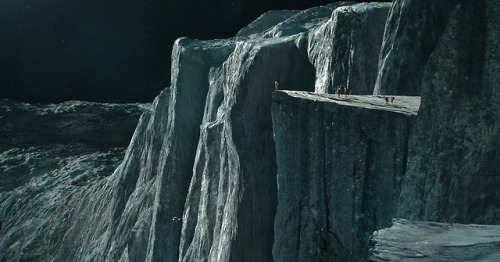

Will we one day explore the worlds of our solar system? How long will this take?
We have a diversity of worlds in our solar system. Majestic places…
Imagine being able to visit Mars and its hostile climate. Imagine being able to visit the moons of Jupiter, observe Io: the volcanic moon, Europa, the frozen moon and Ganymede a moon larger than Mercury itself and that has its own magnetic field. Imagine visiting the moons of Saturn and maybe passing close to your rings… Imagine orbiting or floating through Titan’s atmosphere and closely watching its lakes and seas of methane and liquid ethane. Imagine getting to know the geysers of Enceladus, the valleys of Tethys, and the craters of Mimas… Imagine being able to see the moons of Uranus and have a view of Verona Rupes, the largest cliff of the solar system, located in Miranda. Imagine being able to be in Triton and to be able to observe the cold and azualdo Neptune in the sky…
Première scientifique aux Etats-Unis : des microplastiques retrouvés dans le corps humain http://www.rtbf.be/info/monde/detail_premiere-scientifique-aux-etats-unis-des-microplastiques-retrouves-dans-le-corps-humain?id=10564172

![Portrait Of NGC 281 [1024x725] Visit Http://spaceviewsandbeyond.blogspot.com/2017/09/portrait-of-ngc-281-1024x725.html](https://64.media.tumblr.com/eeca17f89b5f2195d731fd3af80c4bca/tumblr_ox3ofsyfzo1w094hwo1_500.jpg)
Portrait of NGC 281 [1024x725] Visit http://spaceviewsandbeyond.blogspot.com/2017/09/portrait-of-ngc-281-1024x725.html for more space pics
La Chine veut toucher l'industrie militaire américaine avec des limitations d'exportations


The progression of astrophotography since the 19th century (Henry, 1879; Henry, 1885; Hubble, 2015; Go, 2017)

Aisling D'hooghe, gardienne de l’équipe nationale belge de hockey sur gazon, pour OWN Management. / Make-up: Florence Bracaval.
https://twitter.com/Sciences_Avenir/status/917434976047480832?s=09
Découvrez le Tweet de @Sciences_Avenir :
https://twitter.com/Sciences_Avenir/status/925393961606438912?s=09
Découvrez le Tweet de @Sciences_Avenir :